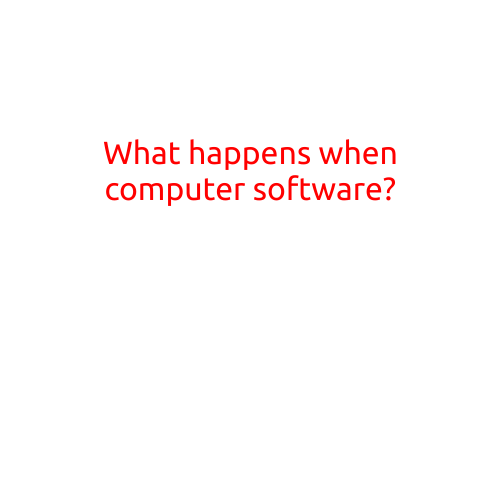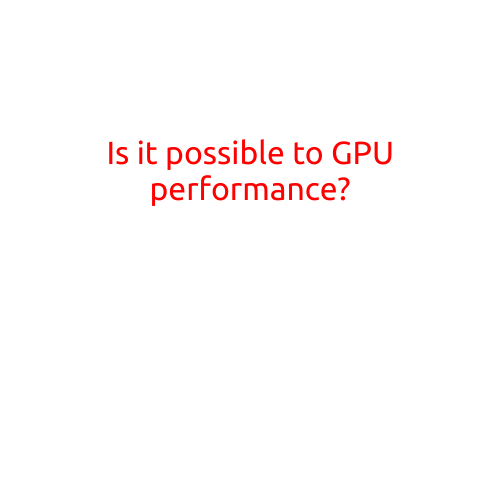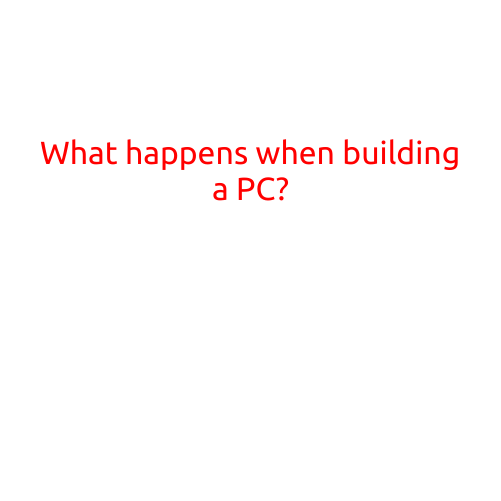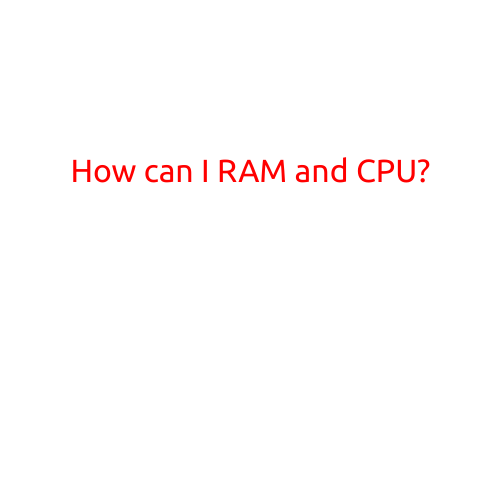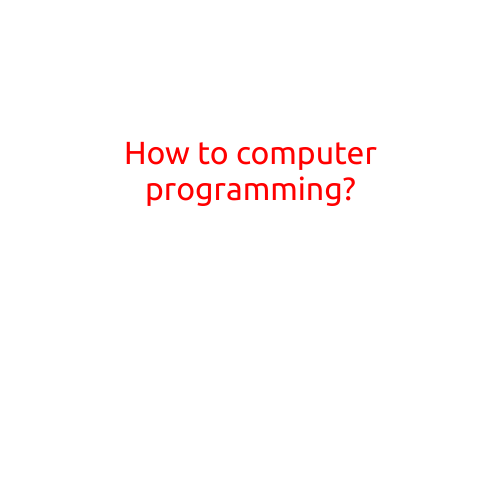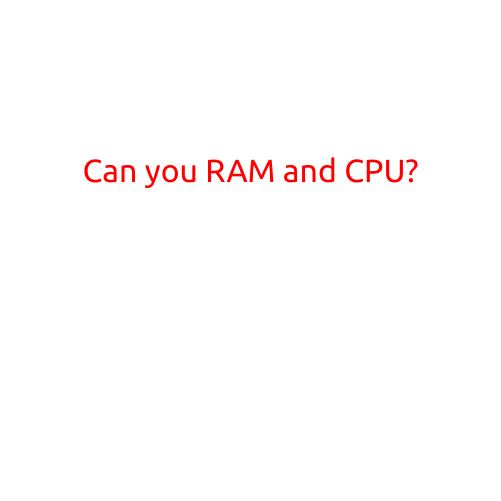
Can You RAM and CPU?
When it comes to building or upgrading a computer, understanding the relationship between RAM (Random Access Memory) and CPU (Central Processing Unit) is crucial. While both components are vital to a computer’s performance, they serve different purposes and complement each other in unique ways.
What is RAM?
RAM is a type of computer memory that temporarily stores data and applications while a computer is running. Think of it as a workspace where your computer can quickly access and process information. The more RAM you have, the more applications you can run simultaneously without slowing down your system. RAM is measured in gigabytes (GB) and is usually between 4GB and 64GB.
What is CPU?
The CPU, also known as the processor, is the brain of your computer. It executes instructions and performs calculations at incredibly fast speeds. The CPU is responsible for handling all the tasks your computer is given, from launching applications to running complex software. CPU speed is measured in gigahertz (GHz) and is usually between 2GHz and 5GHz.
How Do RAM and CPU Relate?
When you open an application, the CPU retrieves the necessary data from the RAM. The more RAM you have, the faster the CPU can access the data, resulting in smoother performance. Think of it like a chef preparing a meal. The RAM is the kitchen counter where the ingredients are kept, while the CPU is the chef who quickly retrieves the ingredients and prepares the meal.
The Ramifications of Insufficient RAM
If you don’t have enough RAM, your computer may struggle to perform tasks efficiently. This can lead to:
- Slow performance and lag
- Frequent pauses or freezing
- Difficulty running multiple applications simultaneously
- Increased risk of crashes or errors
The Consequences of Insufficient CPU Power
If your CPU is underpowered, your computer may struggle to handle demanding tasks. This can lead to:
- Slow performance and lag
- Difficulty running applications that require complex calculations
- Increased heat generation and reduced lifespan
- Limited multitasking capabilities
Balancing RAM and CPU
To achieve optimal performance, it’s essential to balance your RAM and CPU. A general rule of thumb is to have at least 4GB of RAM for basic tasks, 8GB for moderate use, and 16GB or more for heavy gaming or video editing.
When choosing a CPU, consider the number of cores and threads. A higher number of cores and threads can handle more demanding tasks and improve multitasking capabilities.
Conclusion
In conclusion, RAM and CPU are two essential components that work together to provide a seamless computing experience. Understanding the relationship between the two can help you optimize your computer’s performance and achieve your computing goals. Whether you’re a gamer, content creator, or simply a casual user, knowing how to balance your RAM and CPU can make all the difference.
